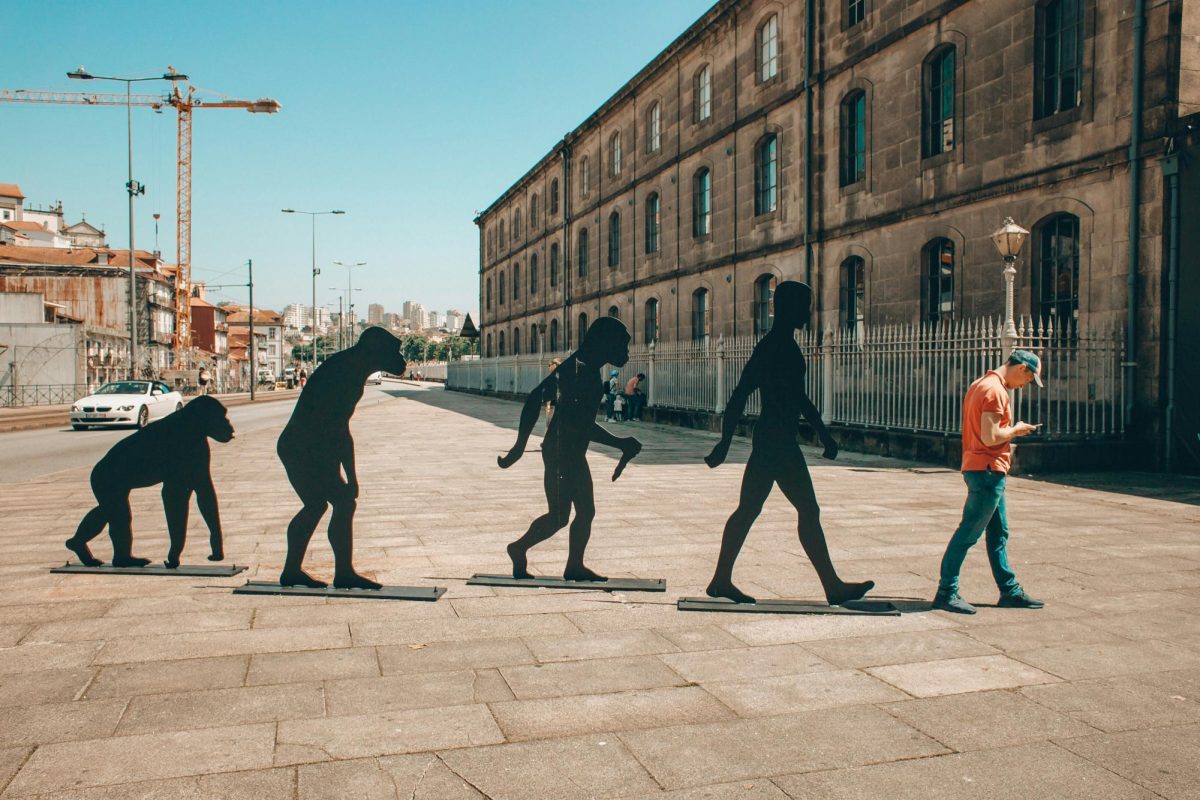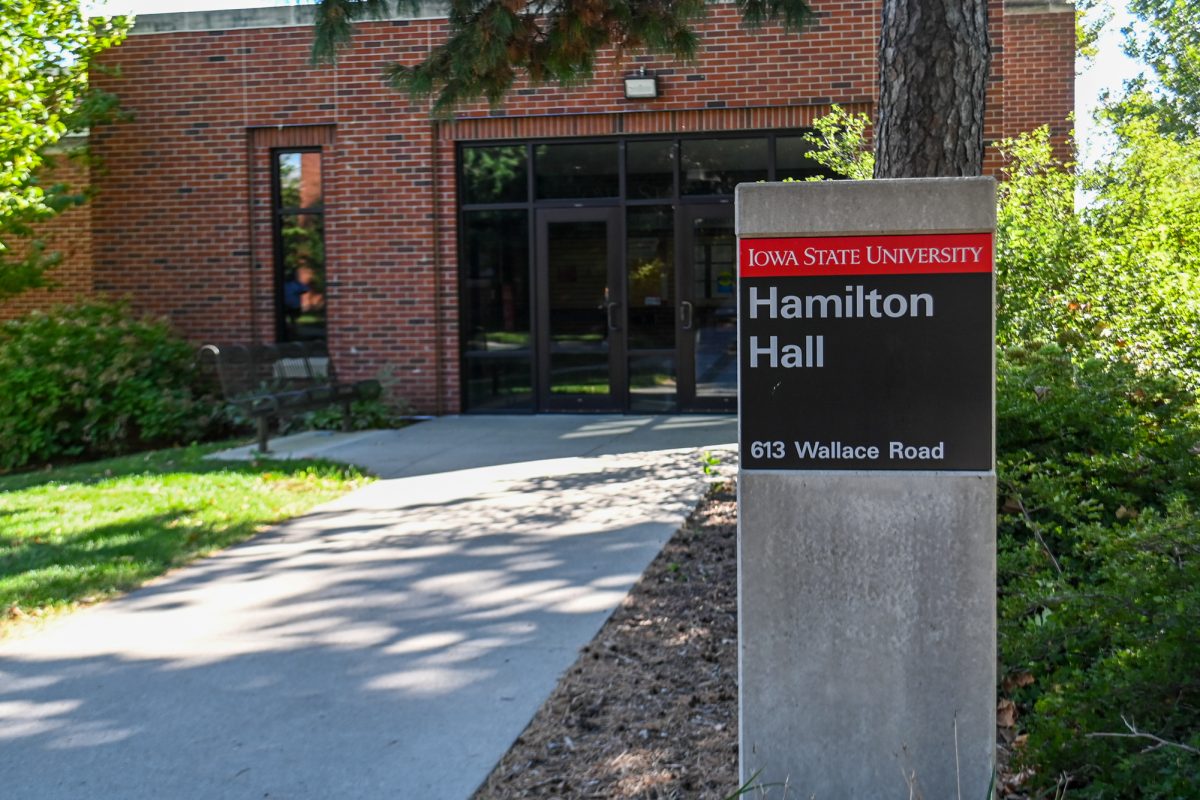Broc Anderson, director of historic sites for the Nebraska State Historical Society and an Oglala Lakota tribal member, delivered a lecture at Iowa State University titled “Engaging Native Histories on Public Lands.”
Anderson, who has degrees in social science education and history, discussed how Nebraska is working to engage with the histories of the Pawnee, Lakota and Cheyenne nations at historical sites. He emphasized that history is shaped by perspective and interpretation.
He challenged the traditional narratives often associated with Manifest Destiny and westward expansion, arguing that these concepts frequently “purposely left out or forgot” Native American historical interpretations.
A significant portion of Anderson’s lecture focused on Fort Robinson in northwestern Nebraska, originally established in 1874 to protect Indian agencies. He detailed the surrender of Crazy Horse at nearby Camp Sheridan and his subsequent death at Fort Robinson. He also noted the addition of a ceremonial space in 2017, where the Crazy Horse Riders conduct a memorial ceremony twice a year.
“They come from this location all the way back up to Pine Ridge in a memorial ride, and that’s one way we see these Native histories that weren’t always necessarily celebrated,” Anderson said.
Anderson also discussed the Northern Cheyenne breakout of 1879 from Fort Robinson, a tragic event stemming from withheld rations and a desire to return to their homelands.
While the original barracks no longer stand, the site remains significant for the Cheyenne people as a place to remember the “sacrifice of their ancestors.”
Anderson pointed to the establishment of a Cheyenne monument west of Fort Robinson and the annual Fort Robinson Run, where Cheyenne youth run 400 miles back to Lame Deer, Montana, to honor their ancestors.
Moving to Fort Kearny in central Nebraska, Anderson highlighted the contributions of the Pawnee Scouts, who served with the U.S. military from 1864 to 1887.
He said that the Pawnee Scouts served because they “perceived these tribes as a greater threat to the well-being of the Pawnee people than the mighty power that replaced them—the United States.”
Despite mistreatment by the U.S. government, Anderson noted that the “Pawnee people today take special pride in the service of their scouts, ancestors whom they regard as the first Pawnee American patriots.”
In 2023, Fort Kearny hosted a ceremony recognizing the Pawnee Scouts, with descendants and chiefs from the Pawnee Nation of Oklahoma in attendance.
The lecture also touched on Neligh, Nebraska, and its connection to the Ponca tribe through the burial site of White Buffalo Girl, an infant who died during the Ponca’s forced removal to Oklahoma.
Anderson recounted the agreement with the community of Neligh to care for her grave and mentioned recent efforts to engage with the Ponca and Blanca tribes, including a round dance, or “circle of friendship,” to foster understanding.
He also addressed problematic historical markers across Nebraska, many of which were erected without consulting Native nations.
Anderson highlighted a historical marker equity program working to correct these narratives. One example he cited was a marker detailing the White Clay extension, a zone established to limit alcohol access near the Pine Ridge Agency.
He explained the complex history of White Clay, including past beer sales and recent efforts by the Lakota people to transform the community into a “healing place” with a state-of-the-art nursing home and a “White Clay Makerspace” in a former liquor store.
These efforts, he stated, represent Native peoples “trying to reinterpret, trying to gain these other perspectives on their culture, trying to… fix or undo some of that wrong that has been done over the course of 150 or 200 years.”
To conclude the lecture, Anderson stressed the importance of incorporating Native histories on public lands to provide “new interpretations” and “new perspectives” on the past.
“It’s important that we have political leaders, community leaders and any kind of leaders moving forward who understand how important history is—how important it is to have these different perspectives and interpretations,” Anderson said. “Because if we don’t know where we came from, we don’t know where we’re going.”








